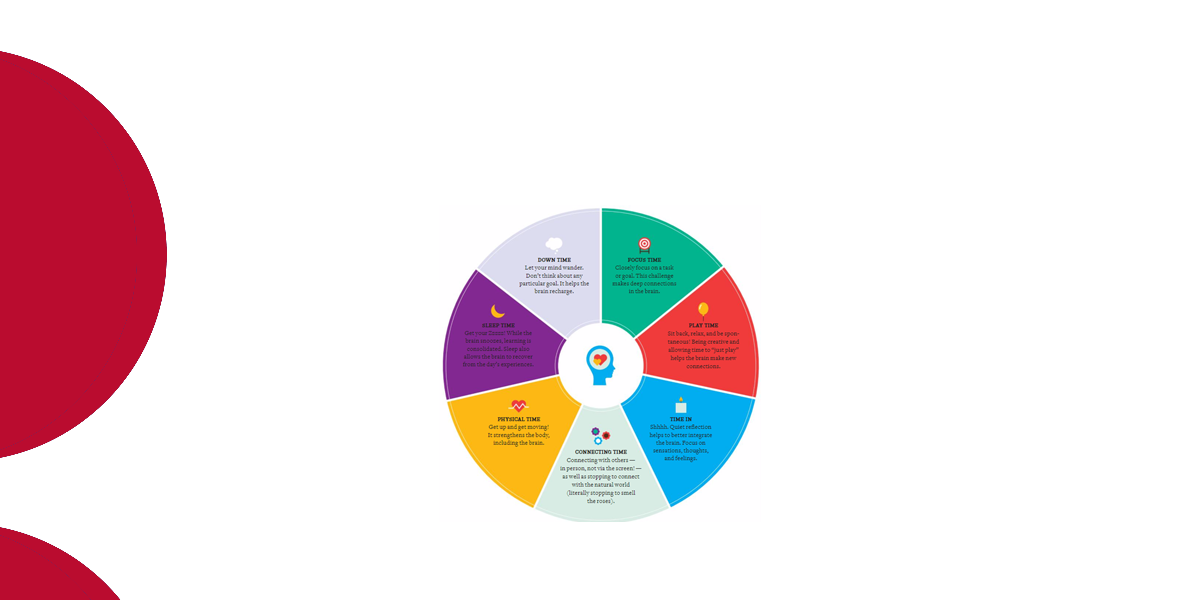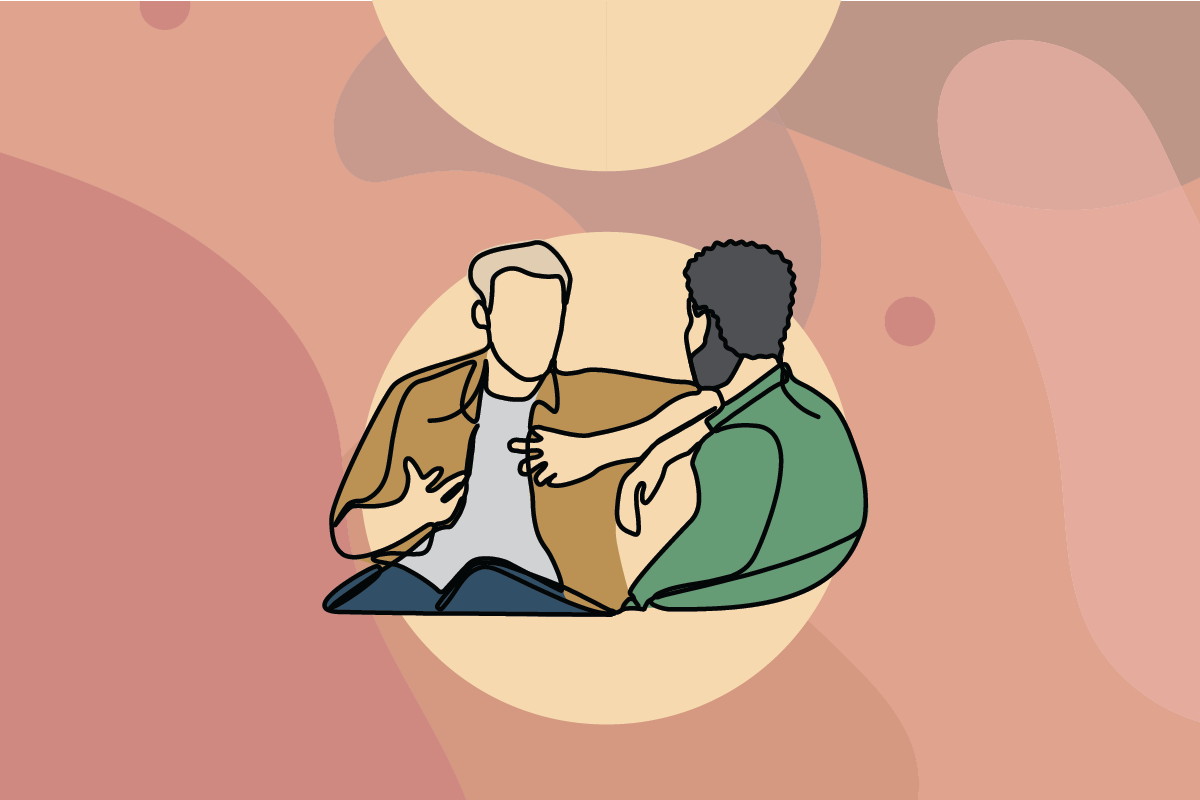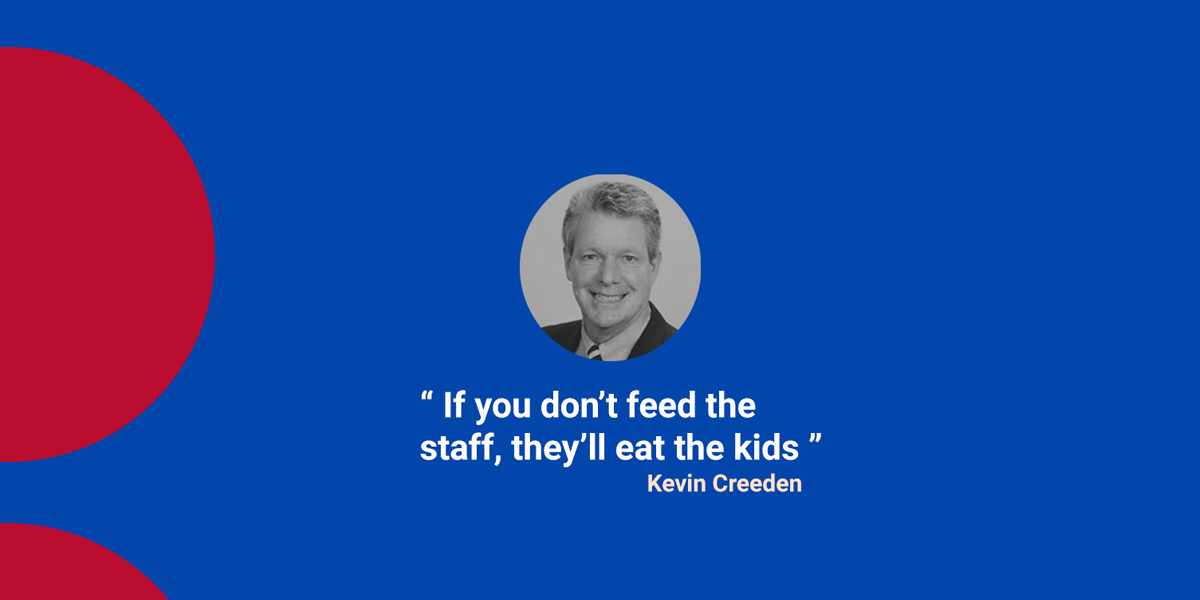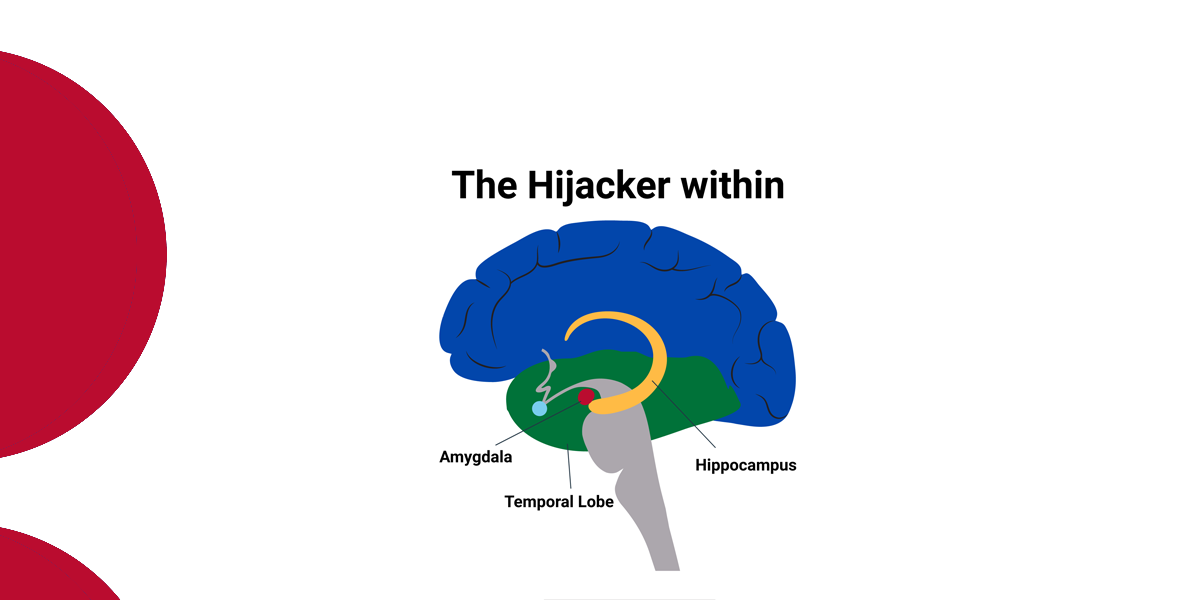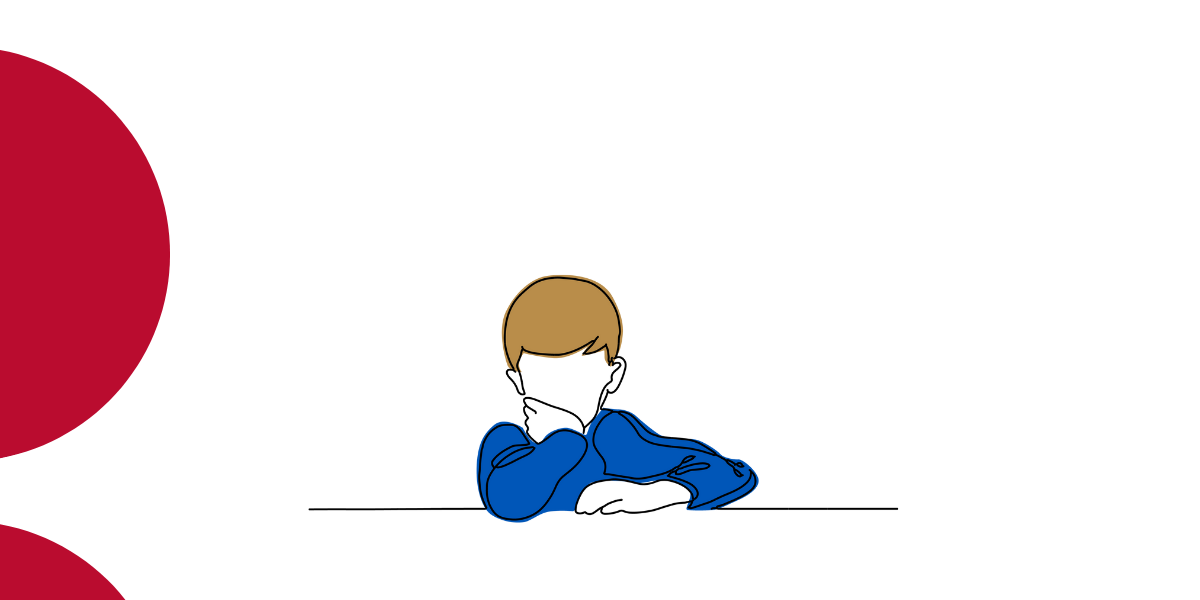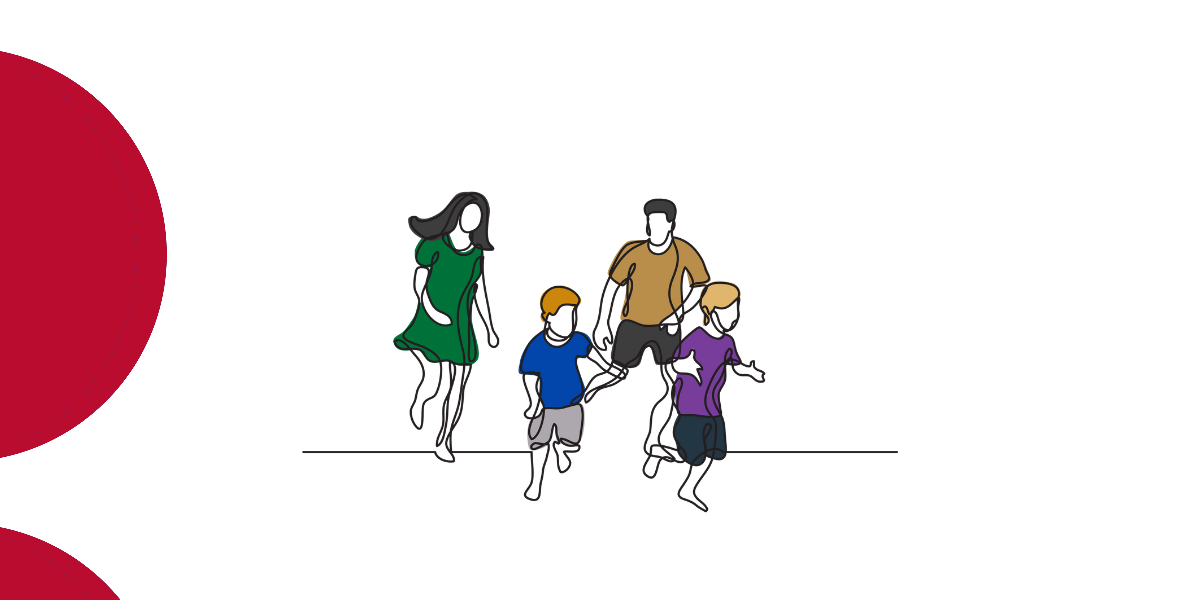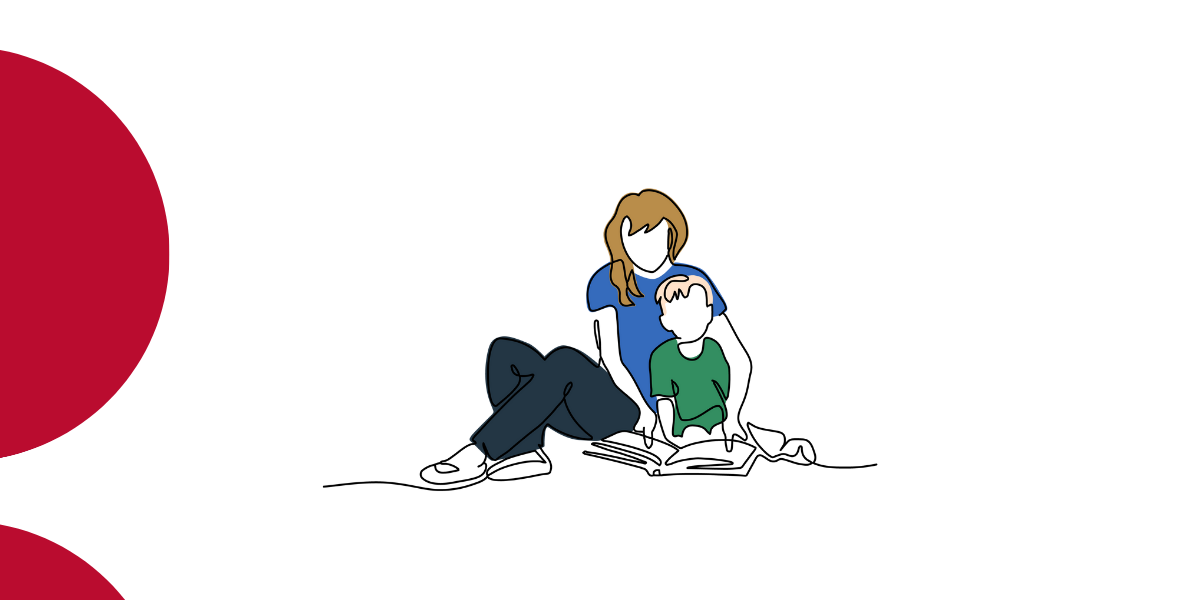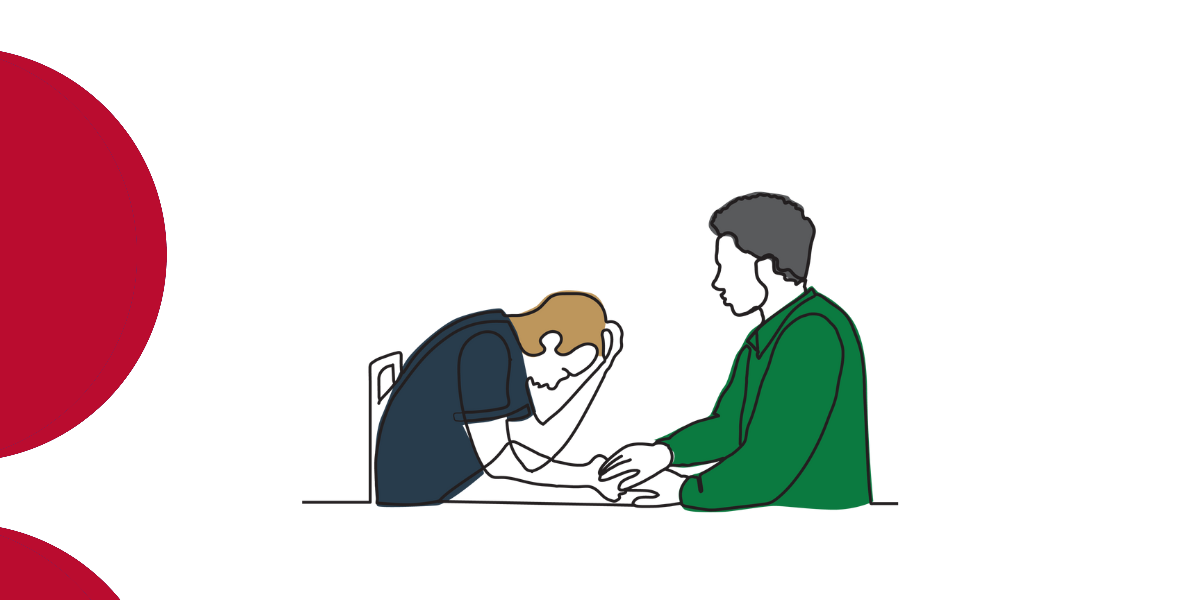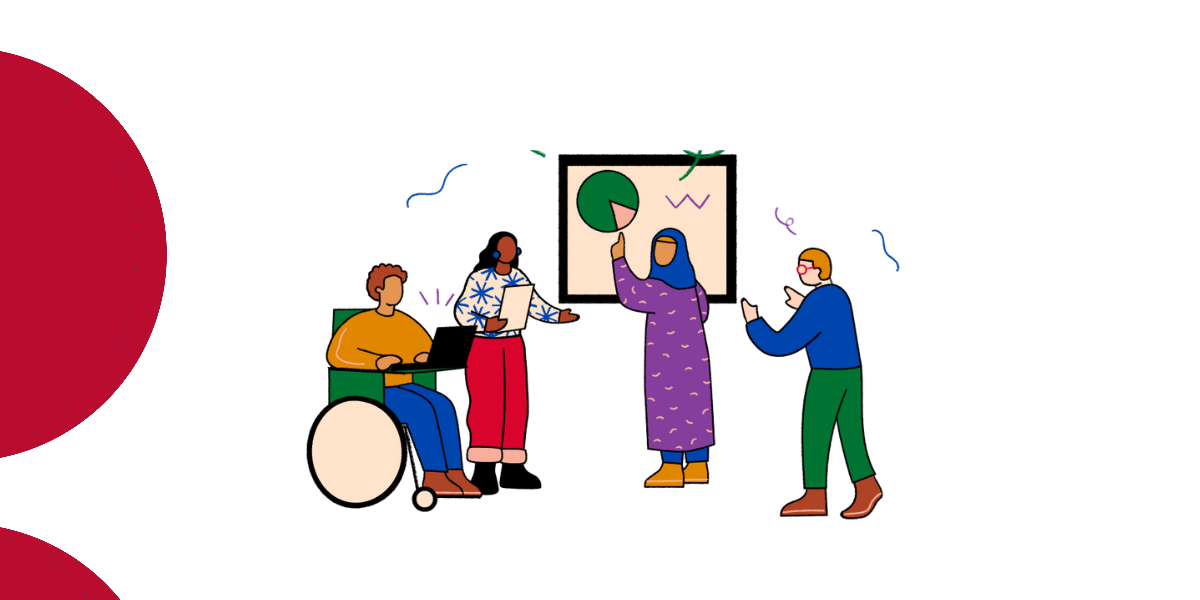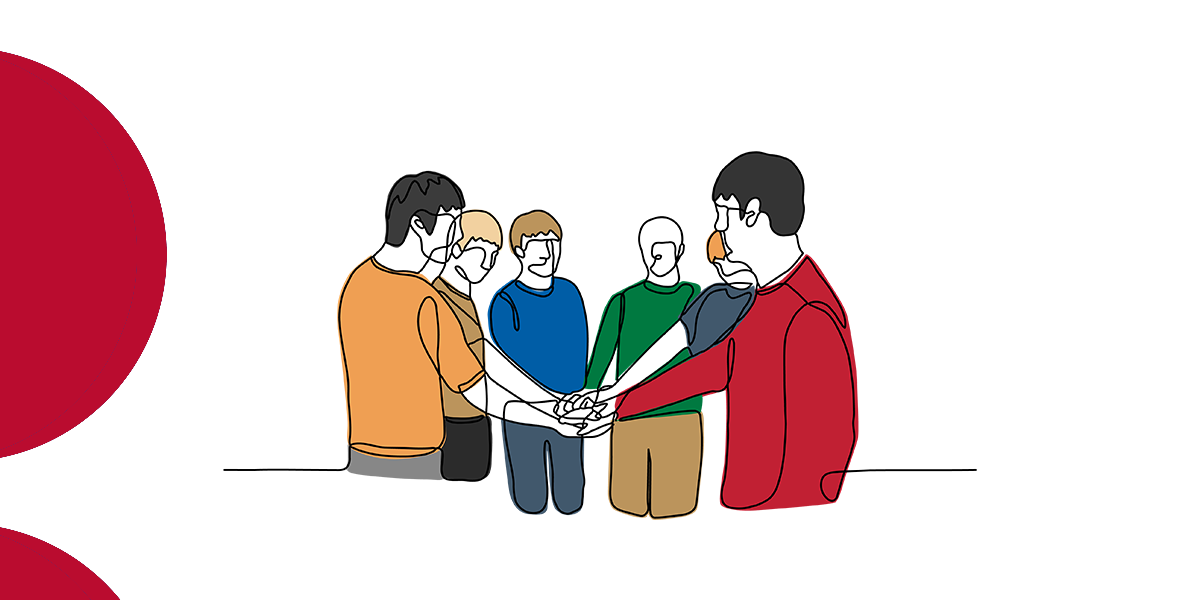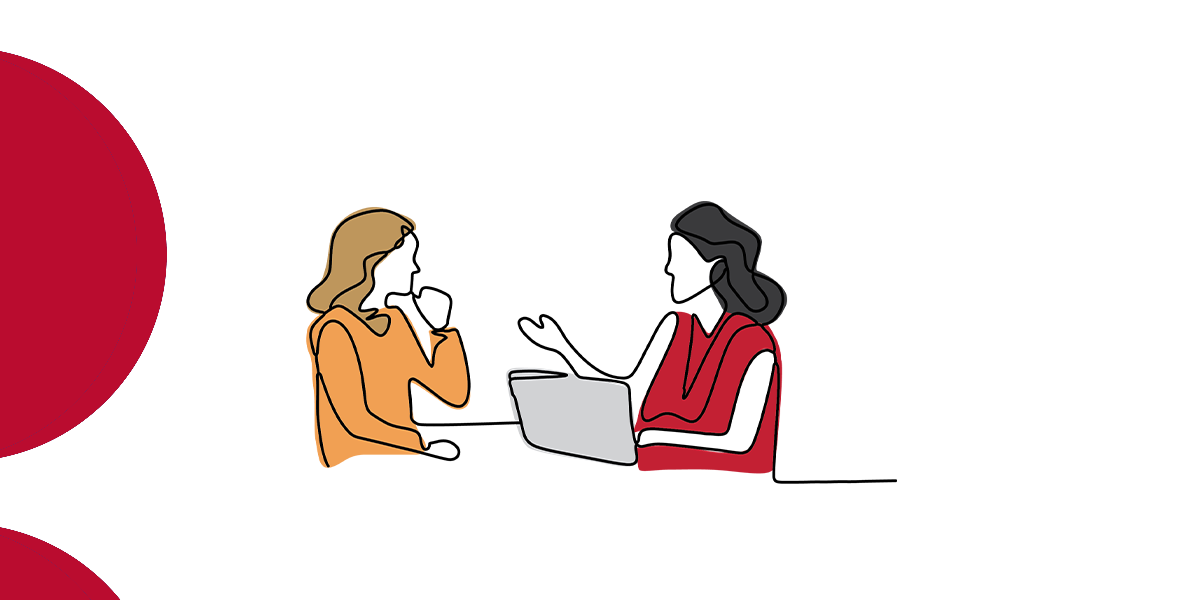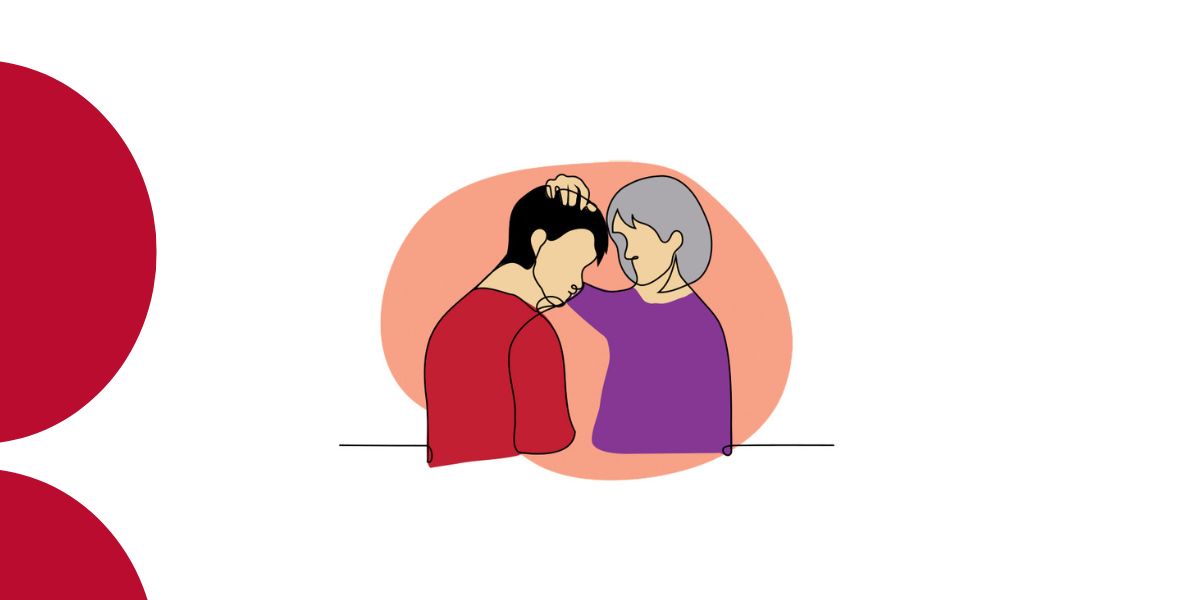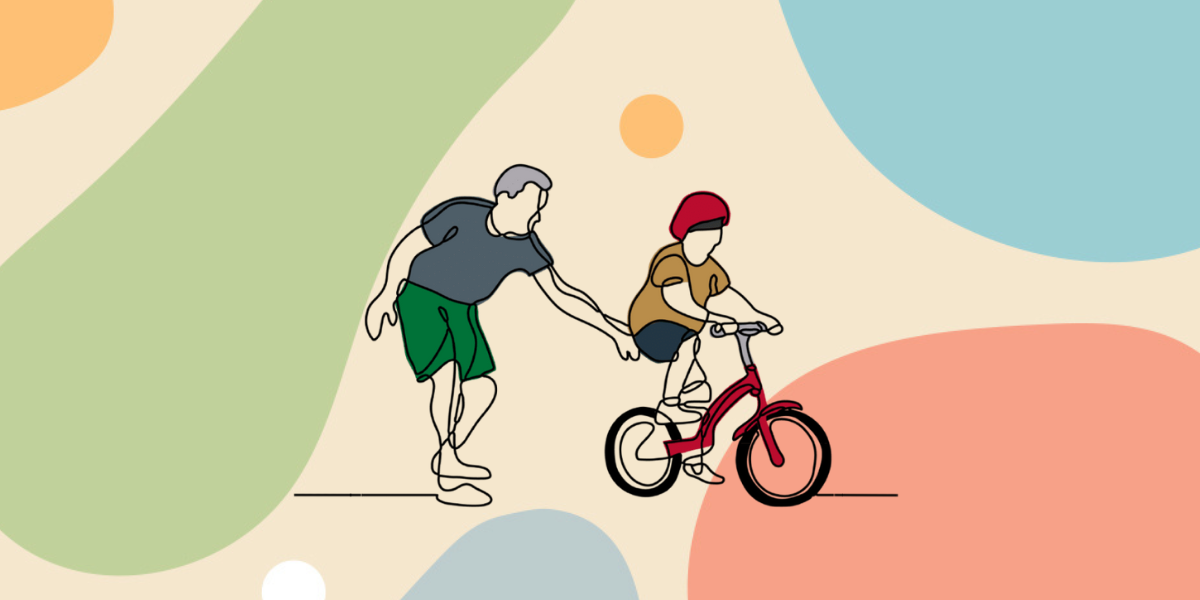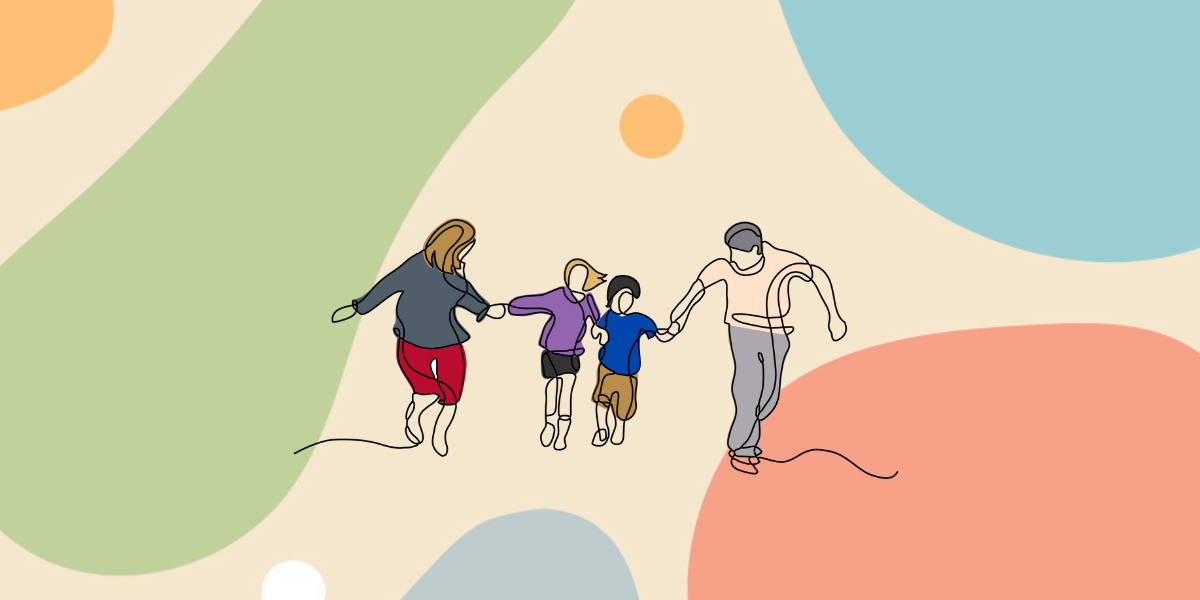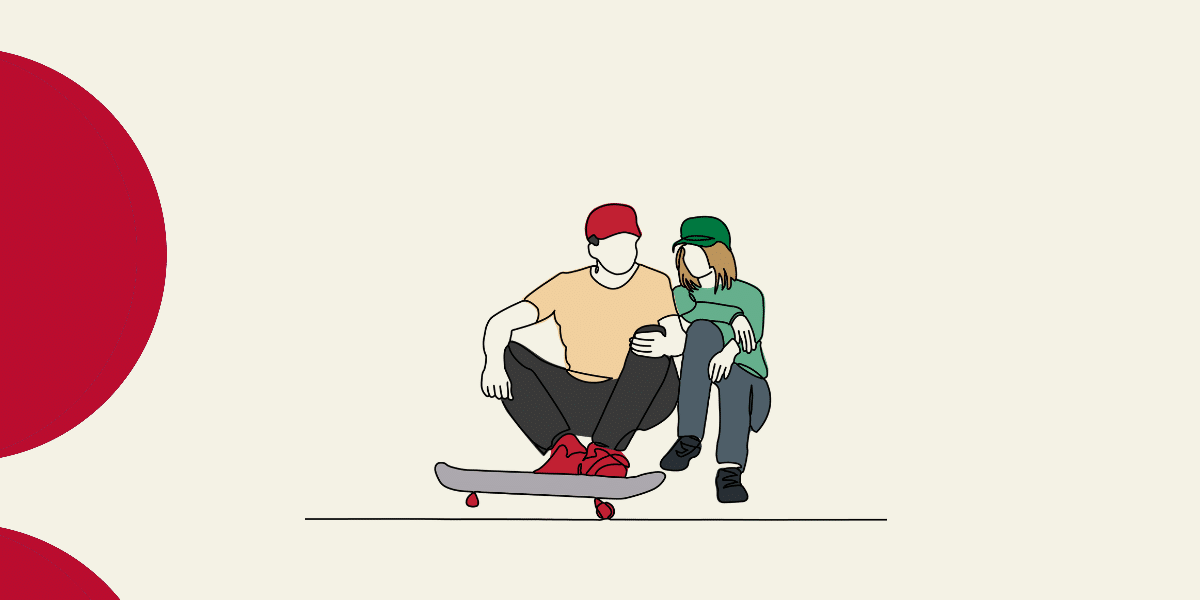12 ways foster and kinship carers can promote compassion and self-compassion in children and young people
Sep 2022
Written by Noel Macnamara
What are Compassion and Self-Compassion?
Compassion is the ability to feel and connect with the suffering of another human being, self-compassion is the ability to feel and connect with one’s own suffering. More specifically for our purposes, self-compassion is the act of extending compassion to oneself in instances of perceived inadequacy, failure, or general suffering. If we are to be self-compassionate, we need to give ourselves the recognition, validation, and support we would offer a loved one who is suffering.
There is evidence that those with more self-compassion show less severe symptoms of abuse and neglect than those who lack self-compassion. They are less likely to display signs of emotional avoidance and are more comfortable facing the thoughts, feelings, and sensations associated with the trauma they experienced (Thompson & Waltz, 2008).
In addition to self-compassion being a key factor in helping those who were traumatised, it turns out that self-compassion is the missing key to alleviating shame. Shame has been recognised as a major component of a range of mental health problems and proneness to aggression (Gilbert, 1997; Gilbert, 2003; Gilligan, 2003). Higher levels of self-compassion are associated with decreased anxiety, shame, and guilt, as well as increased willingness to express sadness, anger, and closeness (Germer & Neff, 2013).
Increasing compassion, self-compassion, and soothing experiences are central to the therapeutic care of children and young people in out-of-home care. Below are some suggestions of how this might be done.
-
Ask about how the child or young person is feeling. When you ask about their feelings, you are communicating that you care and value their emotions.
-
Talk about the child or young person’s feelings and the feelings of others that are communicated through facial and body expressions. When the child or young person is sad or happy, you might say, “I can tell how you are feeling because your face and body are telling me.” When a child or young person’s friend or sibling is showing a feeling (such as sad), point out that the child or young person’s feelings are expressed through facial and body expressions, and discuss the experiences and situations that lead to the various types of emotions.
-
Use a wide variety of emotion words in your interactions with children and young people. When talking to a child or young person, use several different emotion words to talk about situations or events. Point out the emotions of others and use opportunities to expand the child or young person’s emotional vocabulary, including words such as guilt, satisfaction, pride, anxiety, fear, and excitement.
-
Label emotions and describe the situations that lead to those emotions through TV shows, films, and books. Children who have experienced abuse and neglect often have a very limited emotional lexicon and understanding. Use any opportunity to point out the emotions of others and give those emotions names. TV, movies, and books provide an excellent opportunity for this. Ask them if they’ve been in similar situations and felt those feelings, too.
-
To help children and young people accept both their positive and negative feelings, it is helpful to empathise and validate their experiences and emotions. Avoid being dismissive or rushing them to feel better. Give them the space and permission to process their feelings, whatever they do. For instance, if they are crying after a fight with a friend, instead of saying, “Come on, stop crying, it’s not that bad: they didn’t mean it", give them the language to express themselves: "I can tell you’re very sad right now; it frustrates you when your friends are not fair or mean”.
-
Engage children and young people in activities that help you and others. Like all of us, children and young people in out-of-home care (OOHC) want to help and contribute. Provide many opportunities for them to help you (in household chores or other activities). This will help children and young people see this as a normal part of life.
-
Demonstrate caring and compassion through your actions. As we know, children and young people learn more from our actions than our words. Acknowledge your mistakes and seek to repair the relationship (e.g., say “I am sorry”). Show forgiveness to others and the children in your care.
-
Talk about compassion and the good feelings that arise when doing kind things for others.
-
Use a positive and restorative approach to discipline and model compassion when a child or young person has done something wrong. When your child has done something wrong, use this as an opportunity for discussion, using a child-centred approach in which you take your child or young person’s perspective – that is, put yourself in their shoes and view the world from that point of view. Engage the child or young person in problem-solving (Don’t forget to always start with a few rounds of slow breathing first) – and discuss how they could do something different in the future that would end more positively. You might say, “What could we do if this happens again, what would be a way to solve this problem?” Also, help them to develop a restorative approach – that is, to find ways to repair harm when harm has been done. For example, if they have harmed another child or young person intentionally or by accident, ask them to imagine what they could do to help the other child feel better.
-
Ask the child or young person to change perspectives. When they are struggling with something ask them how they would treat a friend and what they would say to a friend if they were going through a similar situation. Then ask them to say this about themselves, replacing the pronouns with “I’ and “me”.
-
Help the child or young person develop a “compassionate” identity. When the child or young person is engaged in activities that are compassionate and kind, you should recognise that behaviour as part of his or her identity – “you are so compassionate and caring because you did [the behaviour that demonstrated compassion and caring.].”
-
Walk the talk - because children and young people mimic what they see and hear, it’s crucial to practice compassion with yourself. Pay attention to the language you use in front of the children in your care. Do you make negative comments about your looks and weight? Do you beat yourself up when things don’t go well at work? Do you criticise yourself for being tired or making a mistake? Do you use harsh words to describe yourself? Do you hyper-focus on your own supposed faults and flaws? Do you judge yourself for being anxious, angry, or overwhelmed?
By helping the children and young people to learn to practice self-compassion, you will help them to dislodge shame-based beliefs, such being worthless, defective, bad, or unlovable. You will also increase their capacity to accept compassion from others to help them to build stronger social connections.
This blog is part of our compassion-focused caring series.
References
Germer, C. K., & Neff, K. D. (2013). Self-compassion in clinical practice. Journal of Clinical Psychology, 69(8), 856–867. https://doi.org/10.1002/jclp.22021
Gilbert, P. (1997). The evolution of social attractiveness and its role in shame, humiliation, guilt and therapy. British Journal of Medical Psychology, 70(2), 113–147. https://doi.org/10.1111/j.2044-8341.1997.tb01893.x
Gilbert, P. (2003). Evolution, Social Roles, and the Differences in Shame and Guilt. Source: Social Research, 70(4), 1205–1230.
Gilligan, J. (2003). Shame, Guilt, and Violence. Social Research, 70(4), 1149.
Thompson, B. L., & Waltz, J. A. (2008). Mindfulness, self-esteem, and unconditional self-acceptance. Journal of Rational – Emotive and Cognitive – Behavior Therapy, 26(2), 119–126. https://doi.org/10.1007/s10942-007-0059-0




























